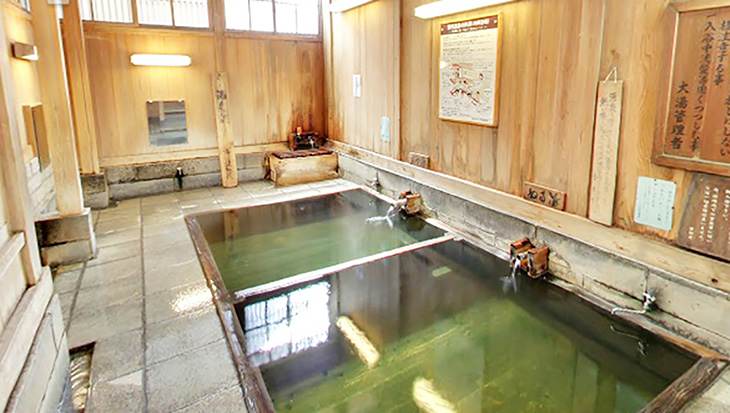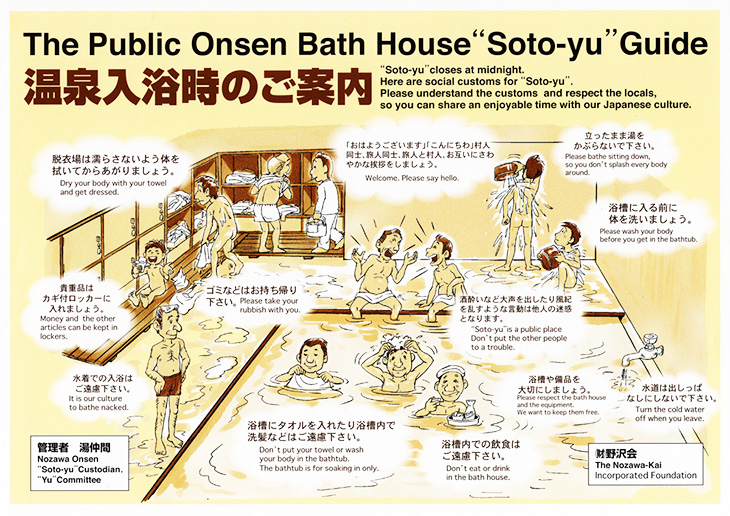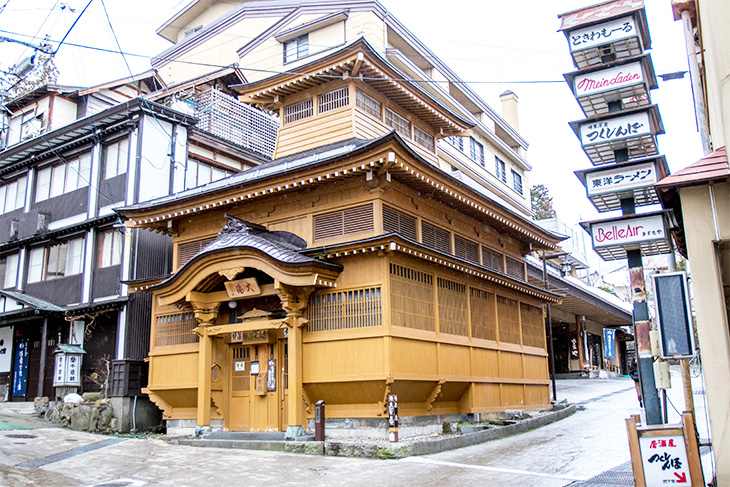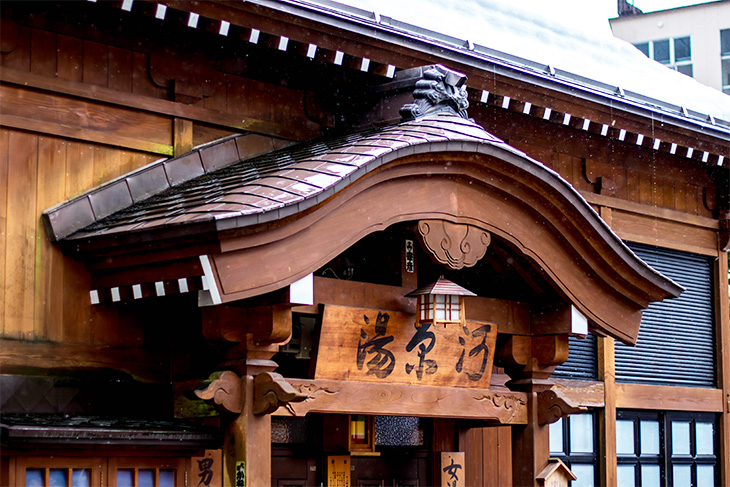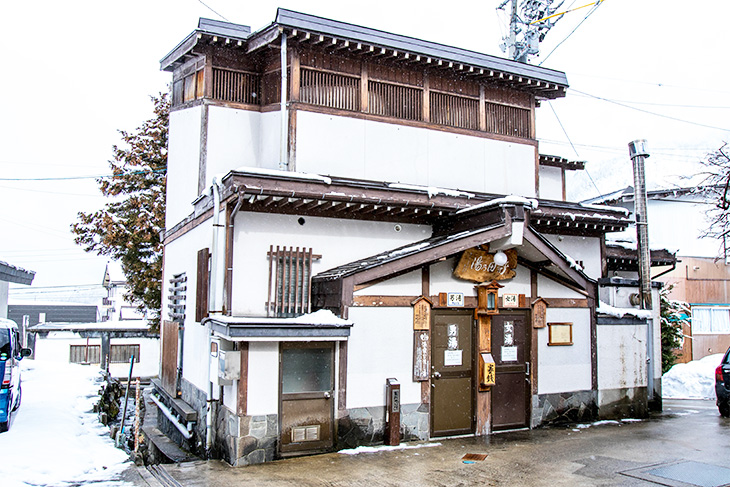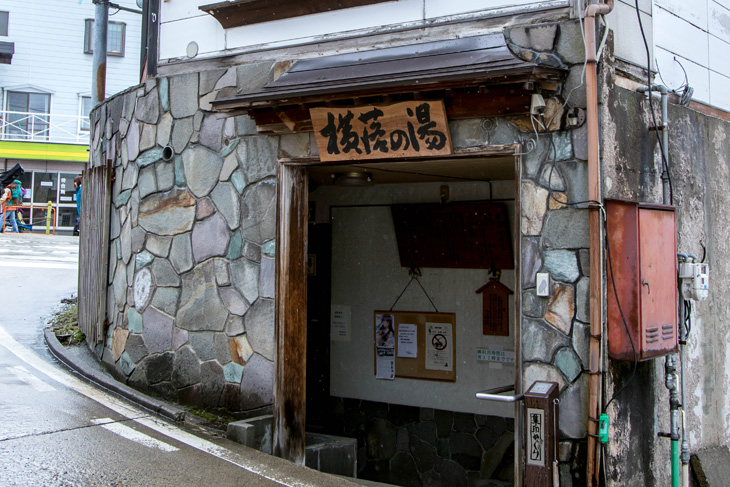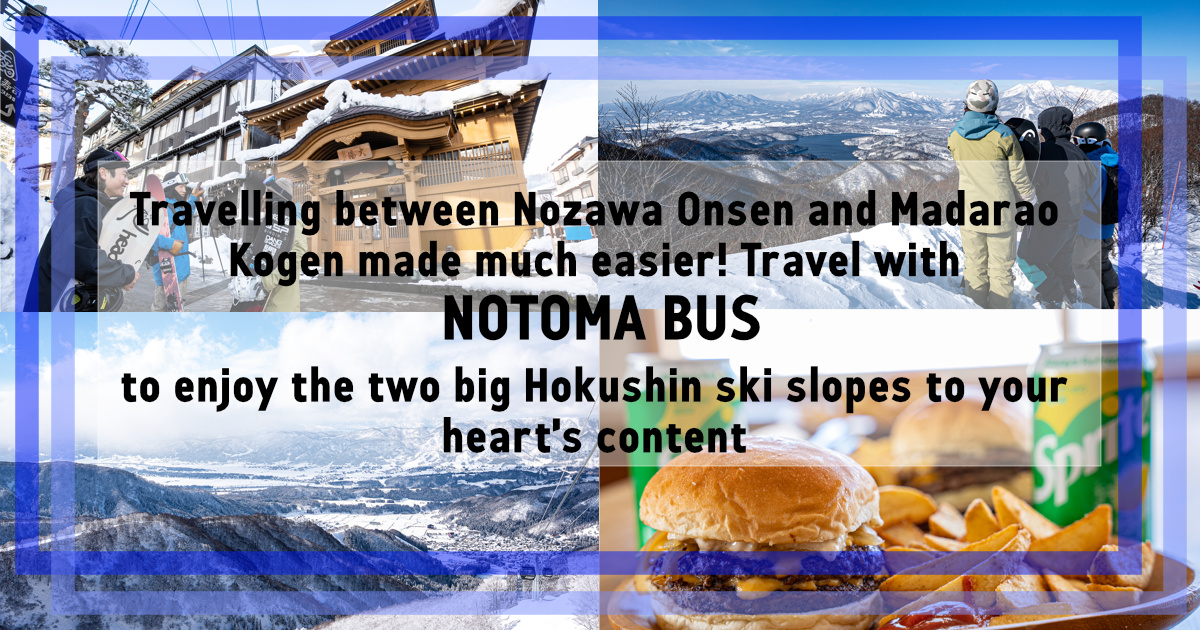Historical public baths of Nozawa Onsen
Aside from skiing and snowboarding, the fun of visiting Nozawa Onsen is also in visiting many public baths along the onsen (hot spring) street. The village, steeped in over 700 years of history, features many natural onsen, including 13 public onsen baths that have been communal assets of villagers since the Edo Period (1603-1868). Even now, the baths are carefully protected and their tradition is preserved by a system called Yunakama. As such, the public baths are deeply rooted in villagers' life, and are a great place to visit as they are open to all visitors as well, free of charge.
Things to be careful about when you visit a public bath
During the opening hours, anyone can freely enjoy the public baths in Nozawa Onsen. But since local residents (a group called Yunakama, meaning "onsen friends") clean and maintain the baths, pay the utilities and conserve the buildings, we as tourists must remember to use the baths in ways that don't inconvenience the residents. Though this is common sense, make sure to stick to public bath manners, like washing yourself thoroughly before soaking in the bath, and wiping yourself dry before entering the change area after bathing.
Keep in mind that Nozawa Onsen's water is really hot - between 42 and 90 degrees Celsius. Sometimes if there's been nobody before you, the public bath can be scalding hot; but be careful, because locals do not like to cool it unthinkingly with too much cold water. Use a stirring oar, or if it's still too hot, pour in some cold water, but don't forget to turn off the cold water immediately when the bath reaches a tolerable temperature.
The public baths are open 6:00-23:00 (in winter). Although they are free of charge, there are donation boxes. So please leave some money as a token of thanks and to help with the maintenance. Also, there are no parking spaces at public onsen. Now, let's take a look at some of the public baths.
Oyu
Oyu is at the center of the onsen street and is a quintessential symbol of Nozawa Onsen. Its architecture is beautiful, conveying the Edo Era atmosphere to today. The simple sulphur spring is said to be effective for digestive ailments, rheumatoid arthritis, women's illnesses, and paralysis. It is also the only public bath in Nozawa Onsen with a foot bath.
Kawahara Yu
Kawahara Yu is so named because it used to be in a lower riverbank (kawahara in Japanese means "riverside") by a stream, close to Oyu. Locals say it's good for skin disease. This onsen's temperature is high and suited to a morning soak, and is popular in summer. It contains gypsum, salt and sulphur.
Nakao no Yu
The largest public bath in Nozawa Onsen, it's situated in a large wooden building. The onsen water comes from Ogama, the central onsen source of Nozawa. The onsen contains gypsum, salt and sulphur, and is said to be very effective for skin disease, rheumatoid arthritis, women's illnesses, and mercury poisoning.
Shinden no Yu
This public bath, located behind Nishinomiya Shrine, opened at the end of the Edo Era. The onsen contains Glauber's salt, gypsum and sulfur, and just like Ogama, works on piles, diabetes, rheumatoid arthritis and other ailments.
Yokochi no Yu
"The Yokochi no Yu public bath sits just down the hill from the Yokochi traffic lights. Drawn from Ogama, the onsen water is nearly the same as that of Ogama. It is also said to work especially well for skin problems. The onsen water contains gypsum, salt and sulphur.
Take the time to relax and enjoy the town's charming atmosphere and its historical public baths when you visit Nozawa."
text : Kensuke Itahara

